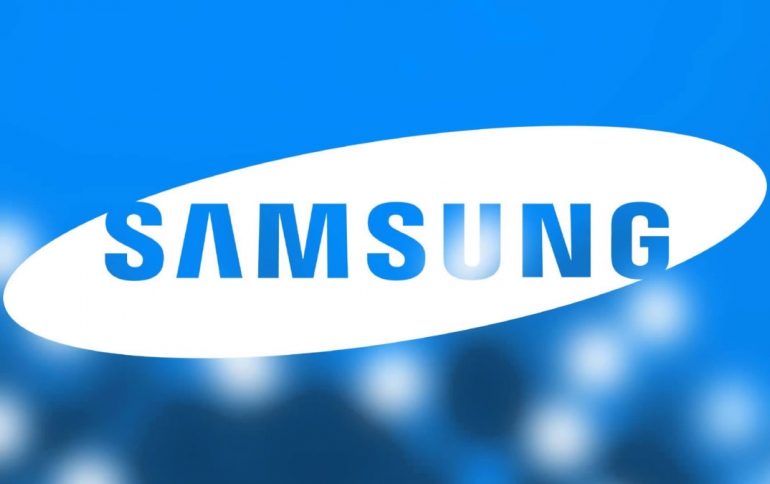
Samsung's Next Smartphone foray: Galaxy S10, 5G, Folding Phones
Samsung Electronics is making significant changes to its its line-up of premium phones for next year, preparing to launch its first 5G-capable smartphone, a cheaper flagship model and a foldable-screen device to challenge Apple.
According to Bloomberg's sources, Samsung is in talks with Verizon Communications Inc. to launch its Galaxy S10 in the U.S. with a fifth-generation wireless chipset.
Samsung has also embedded a fingerprint sensor under the display of its S10, overcoming years-long challenges of mass-producing such a device. Some days ago Samsung Display showcased the in-display sensor technology.
The world's biggest phone maker is expected to launch three versions of the flagship model, including a more affordable versions.
Samsung is also rushing to complete development of a bendable device that it hopes will let it dominate a niche market with potential to grow.
The standard S10, codenamed "Beyond," features an OLED screen curved on both sides, round-shaped corners and almost no bezel at the top and bottom, Bloomberg reports. It will be about the same size as the current 5.8-inch S9 model. The S10 has triple cameras on the back while the front camera is visible and tucked under the screen. Samsung also plans a bigger "plus" version for next year.
The cheaper version of the S10 lacks the dual-curve "edge" screen and may come without a fingerprint sensor under its display depending on costs.
Samsung is also toying with an S10 prototype without a headphone jack, indicating that it may follow Apple in going completely wireless with its devices.
The foldable-screen device is codenamed "Winner" and has been under development for years. Samsung is debating between two prototypes in the final stretch: one longer horizontally and the other vertically when unfolded, while both open from side and side. The landscape model has fallen out of favor recently with designers who see the portrait type as easier to hold with one hand even though its display may feel narrower when opened.
The bendable display does not hold a finger-print sensor like the S10, due to technical difficulties unique to its flexible screens. It has an extra four-inch screen on the outside, allowing users to enjoy basic features without having to flip it open.
The screen opens with a snap like once-popular flip phones such as Motorola Razr but with a smoother feel. It is coated with a film that feels like ones used in photography instead of glass.
According to Bloomberg, the prototype weighs more than 200 grams because it has bigger screens than any other phone on the market, meaning Samsung may have to reduce the battery size in order to make the device lighter.
While the hinge has recently passed internal tests of folding more than 200,000 times, there are still questions about its so-called yield rate in mass-production. The screen, when it cracks, shatters like dried paper.
Still, the ongoing development makes it unlikely for Samsung to unveil a physical model of the foldable phone at the Samsung Developer Conference in San Francisco next month. A team of engineers, however, plans to accompany smartphone division chief DJ Koh to the event to present a detailed conceptual image of the phone, its features and user interface.





















